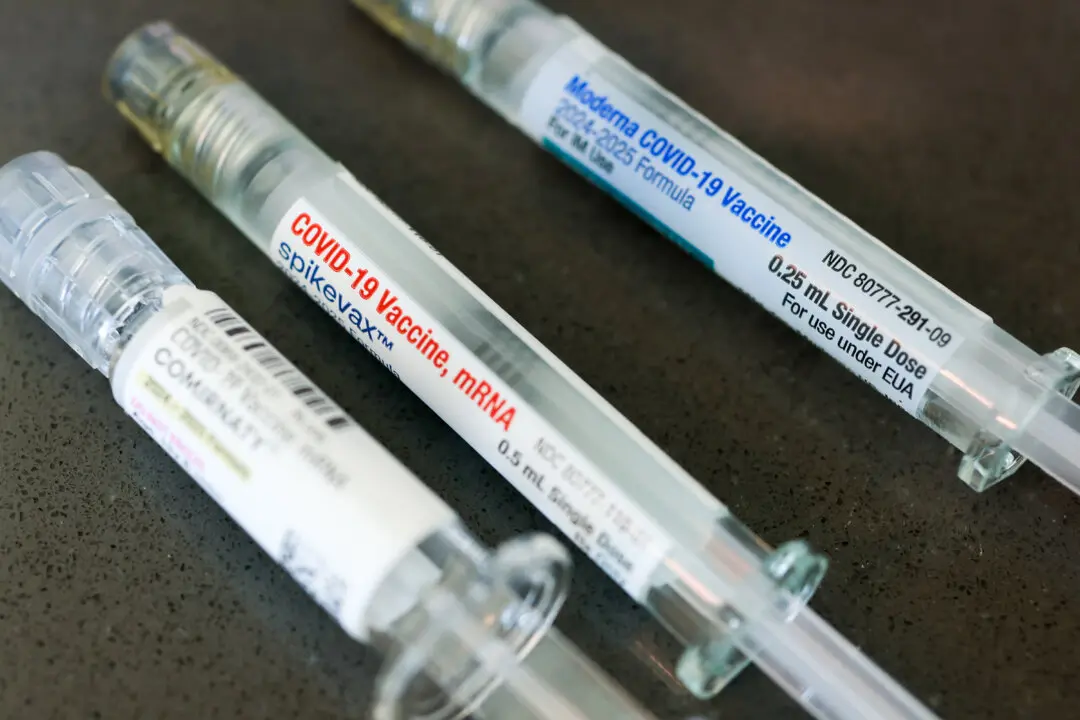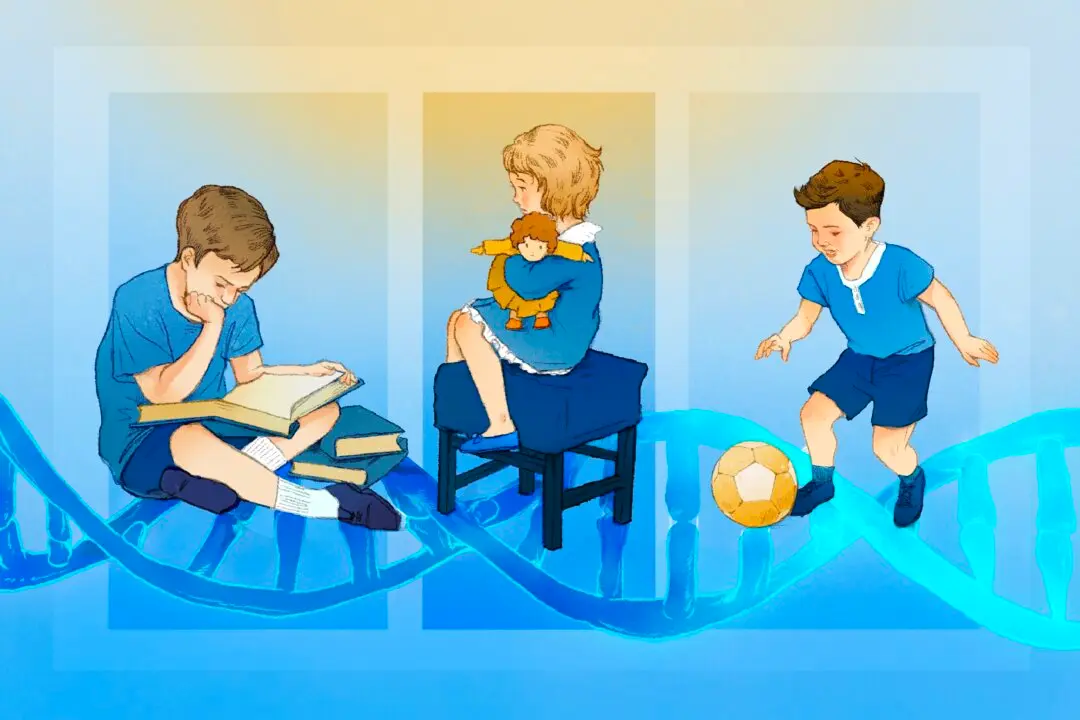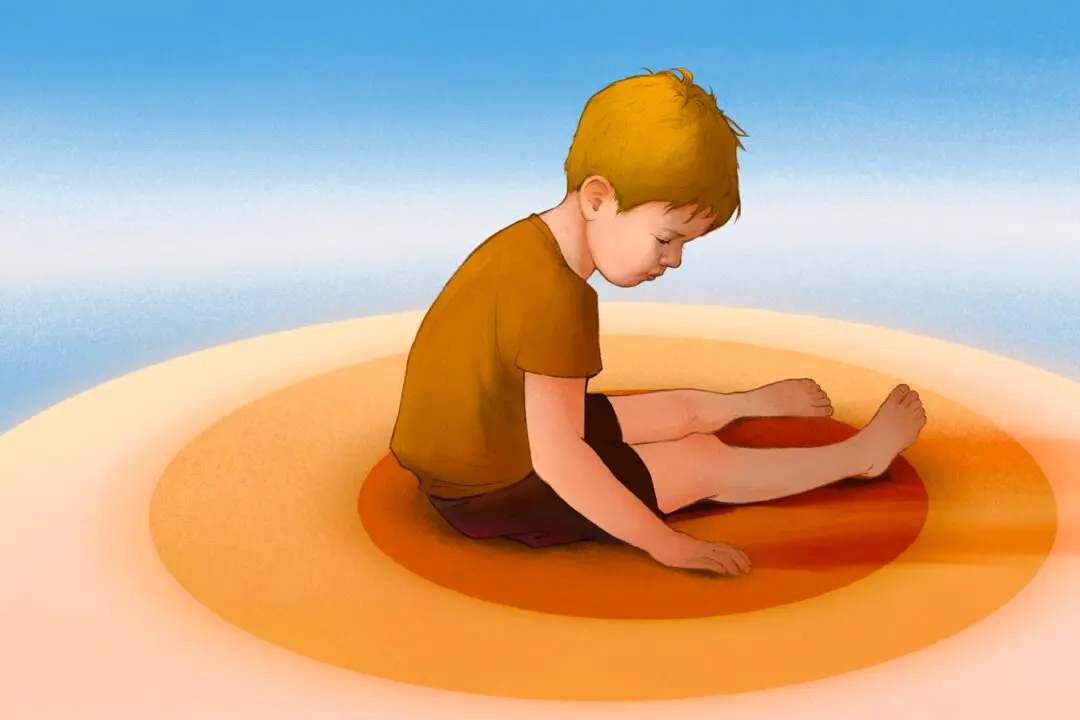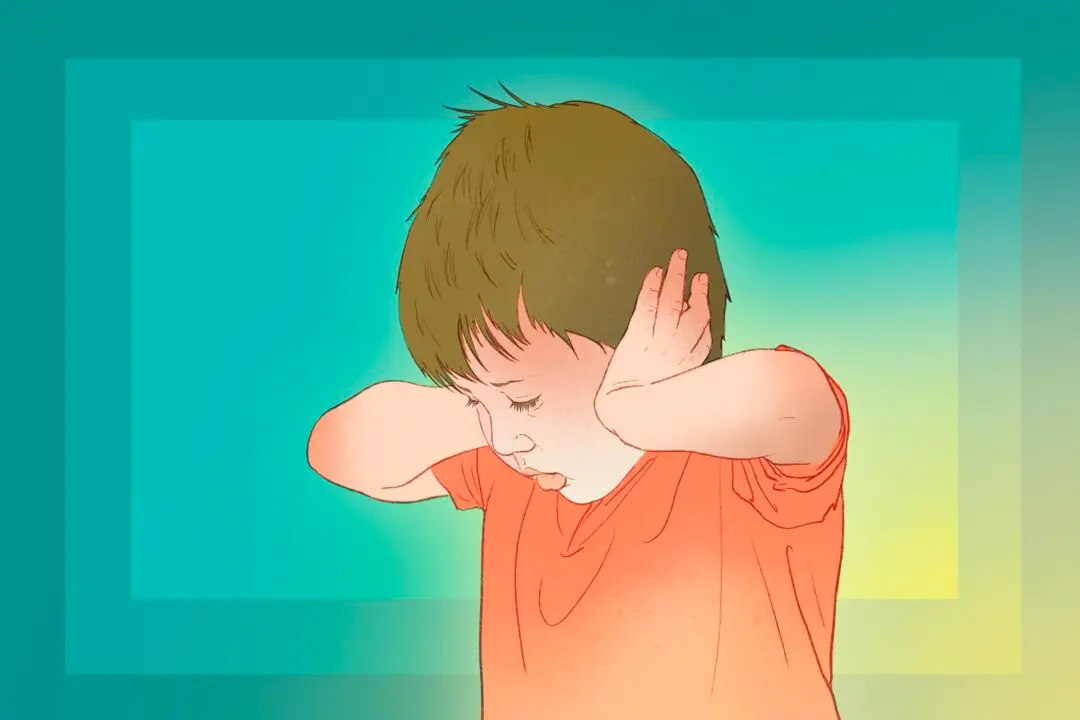Researchers from Flinders University have detected microplastics in South Australian beach waters and mussels, warning that microplastics are potentially entering the human food chain.
“By investigating microplastic load in the mussel, we call attention to the implications of microplastic pollution on South Australia’s unique marine ecosystems and on the local human food chain,” said Janet Klein, co-author of the study.





